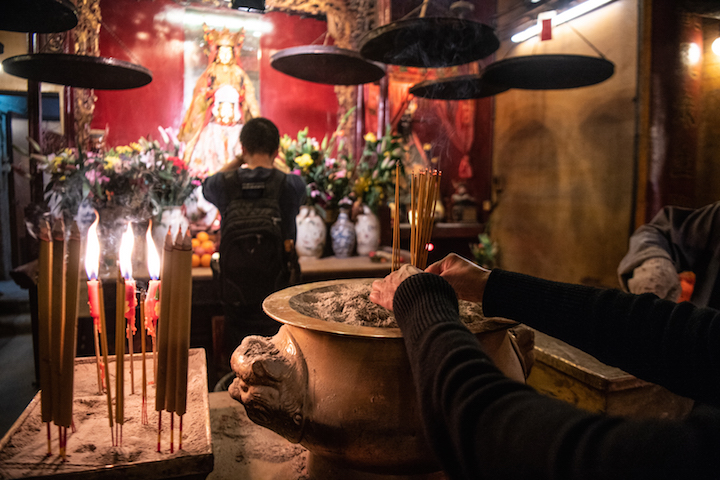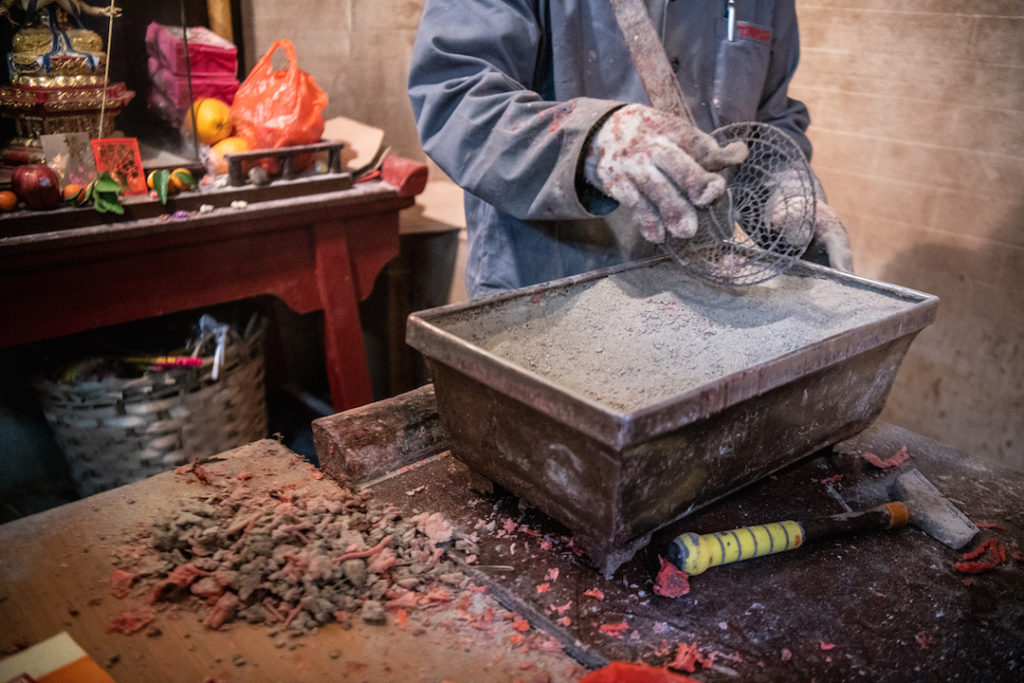Last month, Chinese people around the world ushered in the Year of the Pig with the usual feasts and fireworks. But it’s not all lanterns and laisee for some. With the coming of each Lunar New Year, a fresh set of Chinese zodiac signs clash with the “Tai Sui,” the stars known collectively as the “Grand Duke of Jupiter,” and this, as my mother recently explained, is very, very bad.
Here’s the CliffsNotes version: Jupiter takes roughly a dozen years to orbit the sun. As it traverses the solar system, different stars find themselves directly opposite the planet. In any given year, these are the Tai Sui, the “celestial generals” that help command the mortal realm.
As the planetary constellation changes, however, so do the Tai Sui, placing some zodiac signs in direct conflict with our generals, a state known as “Fan Tai Sui.”
This year, those unfortunate signs are the Pig, Monkey, Tiger and Snake. As a serpent myself, that means I can expect a particularly tumultuous lunar year in all aspects of life – whether finances, health, or relationships.

Given that a potential 12 months of misery is at stake, astrology guides helpfully offer tips for those with Fan Tai Sui signs, like making sure you wear seat belts and avoid extreme sports. To better ward off misfortune, it’s even suggested you boost your karma levels by donating blood or performing other acts of charity. Evidently, selfish intentions are perfectly fine as long as the deed itself is good.
My favorite piece of advice was to attend as many celebratory occasions as possible in order to have other people’s good fortune rub off on me, which I take as a heaven-granted license to wedding crash.
I was entirely ignorant of the potential for celestial chaos described above until I recently received a text message from my mother explaining that something had to be done, lest calamity befall me.

Her text, delivered in the somewhat-broken English shorthand my bilingual family has adopted, offered a solution: “You have time to go to Man Mo Temple this afternoon? You need to go to temple to blessing.”
Why not, I thought. I’m not about to fuck with the ancient forces my ancestors have been worshiping since they were tilling rice fields.
My family history is one that’s familiar to many in this city. Before I was born, my Hong Kong born-and-bred parents immigrated to Canada. They decided to move back to their hometown when I was 5 years old.

Our muddled cultural identity manifests itself in a mishmash of customs borrowed from both East and West, all done in reliably half-assed fashion. If nothing else, it means my mother has roughly twice the number of holidays to guilt-trip me for not spending with her, whether it be Christmas or Mid-Autumn Festival.
Typical of our casual approach to tradition, I met my mom at Man Mo Temple — one of the city’s oldest — on a Tuesday afternoon a full three weeks after the Lunar New Year. It was my first time stepping foot inside despite having worked across the street from it for two years; it was always packed with tourists and just never seemed worth the bother.

That’s the thing about Hong Kong: different worlds collide and co-exist here, with skyscrapers and nightclubs existing side-by-side with ancient monuments and traditional shops. You can effectively decide which layers to live in and which to ignore, picking and choosing your reality as you walk past the 150-year-old Man Mo Temple to grab a bulletproof coffee and avocado toast at the café down the street.
Inside the temple, my mother guided me through the rituals I needed to perform for protection and good fortune. We bought the package deal, which included incense, candles, and joss paper, all to be burned as offerings to the gods.

The package also included a little red slip with prayers inscribed on it that I am supposed to carry around for good luck, and which I may or may not have lost already.
Elbowing my way past tourists, I paid my respects at each shrine by bowing with a bundle of incense between my hands, leaving three thin sticks behind in each deity’s bowl. As a frequent tourist myself, I’m usually the one gawking at locals going about their daily routines, so I could hardly be annoyed to find myself on the other side for once.
My eyes watering from the intense smoke, I ended my rounds by placing red candles and large incense sticks, also in threes, into their respective bowls near the entrance. The joss paper was placed in a communal bin, to be burned later along with everyone else’s.

I had absolutely no idea who these deities were, or what exactly I had just done. Even my mom had to ask the busy temple staff for guidance. (“They used to be so much more helpful!” she later complained.)
Still, we were both confident it couldn’t hurt. For a snake in the Year of the Pig, it’s better safe than sorry.



Reader Interactions